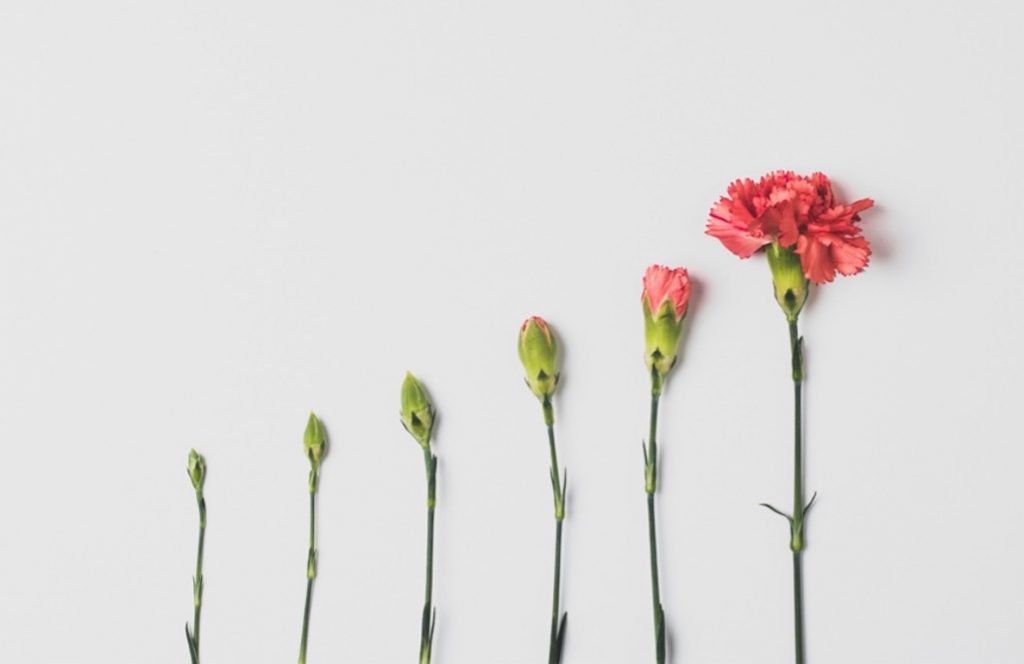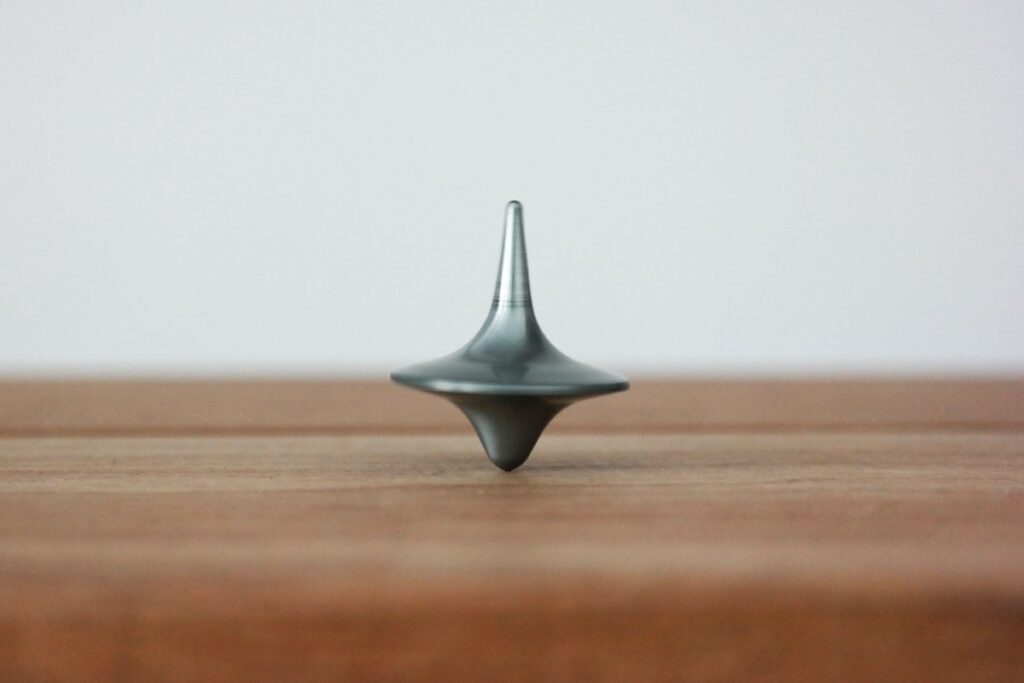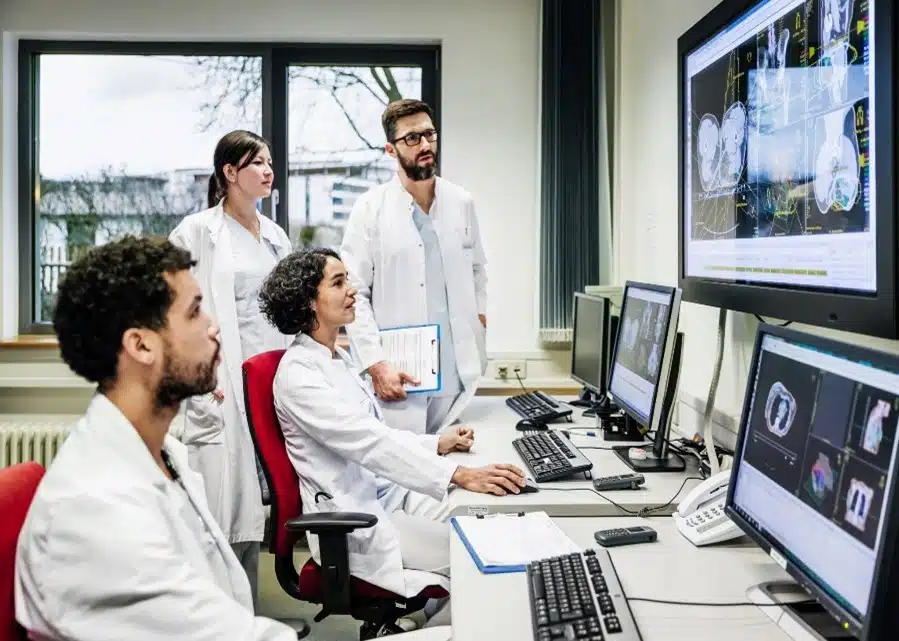
Have you ever been utterly transfixed by a painting? Maybe a sculpture evoked some deep feeling or memory. If so, you may understand the appeal of art therapy. Art therapy allows people to create and explore the meaning behind their creations with a therapist or group (Edwards D., 2013). Several studies show that engagement with art, from therapy to non-clinical creativity, is associated with positive mental health effects (Uttley L. et al., 2015; Jensen A. & LO B., 2018; Smriti D. et al., 2022).
Art therapy works through a “triangular relationship,” the interplay between creator, artwork, and viewer(s) (Bierschenk L., 2022). The creator draws on their inner world, expressing part of themselves, for others to view and interpret. But what if a fourth element was added to this relationship? How does being in an art gallery affect art therapy?
Art galleries are known as “therapeutic spaces” for improving well-being and mental health (Coles A. et al., 2019; Goodman-Casanova J.M. et al., 2023). Scott, Holttum, and Fischer recognised the need to identify how gallery-based art therapy was effective, so they conducted a study to generate theory about its underlying mechanisms. Their results showed improvement in mental wellbeing and goal setting for those in this therapy, and they began to describe the mechanisms of change and how it may be beneficial for future groups and studies.

Art therapy allows people to create and explore the meaning behind their creations with a therapist or group.
Methods
The authors used a quantitative approach to assess the impact of gallery-based art therapy on mental health, and a qualitative approach to develop theory. The ‘treatment’ lasted twelve weeks, meeting once a week at a professional art gallery with a private studio for the group. Sessions involved viewing, making, and discussing art, and reflection periods.
Participants were fifteen young people (ages 12-18) of mixed gender and ethnic backgrounds, all experiencing various mental health difficulties. Two art psychotherapists and one artist participated in the qualitative aspect of the study.
Data was collected from:
- Questionnaires administered before and after sessions:
- YP-CORE for mental wellbeing
- Goal Based Outcomes for self-set goals
- Rosenberg Self Esteem Scale for self-esteem
- Filmed gallery therapy sessions
- Reflections from participants
The study used quantitative data from questionnaires to analyse self-reported changes in mental health. The grounded theory research method was used to analyse qualitative data from videos and reflections and identify themes in how the therapy was effective, which were brought to participants for further feedback.
Results
Quantitative Results
Statistical analysis of pre- and post-treatment questionnaire scores showed positive mean changes in all measures:
- Self-Esteem: 2.10
- Mental Wellbeing (lower scores positive): –7.00
- 1st Self-Set Goals: 2.57
- 2nd Self-Set Goals: 2.75
The self-esteem change was not clinically significant (p = 0.194). Changes in mental wellbeing and second self-set goals measures were significant at the 5% level (p = 0.020, p = 0.011). The change in the first self-set goal scores was significant at the 1% level (p = 0.003).
Qualitative Results
The following themes emerged from quantitative analysis.
Humor
Humor arose from a sense of safety and playfulness in the group. Self-deprecation helped participants to not take themselves too seriously, while making serious things fun made them easier to process. A playful atmosphere eased the pressure of saying or creating something profound and made the sessions a positive social interaction.
Movement
Moving between the therapy studio and the gallery allowed different experiences to happen simultaneously and literal changes in perspective fostered figurative perspective shifts. Moving from the studio to the gallery changed the therapists into people, fellow viewers of art, which humanised them.
Valued and Important
Being in a gallery sent participants the message that they and their art were valued and important. The presence of an artist, variety of materials available, and learning new techniques increased participants’ confidence. A theme emerged of learning to value that which is “broken” by embracing imperfections.
Different Viewpoints
Discussing art in different contexts helped participants open their minds to different viewpoints about themselves and past sessions. By noticing different opinions when viewing the same artwork a second time, participants practiced flexibility and self-reflection.
Therapists’ Role Flexibility
The presence of a professional artist made the therapists participants in the group, not just professionals facilitating it, which helped the other participants be more open and make more suggestions. Different roles (offering support, supplying art materials, asking questions, taking photographs) helped therapists look at the group in different ways and make new connections.

Gallery-based art therapy led to significant improvements in mental wellbeing and goal-setting, with participants also reporting enhanced self-expression, perspective shifts, and feeling valued.
Conclusions
The authors concluded that participants’ mental wellbeing and movement towards self-set goals improved through the gallery-based art therapy. They theorised that these improvements came about through the “varying focus” of the group, including education by the artist, focus on art, and focus in and outside the art studio. Their theory was that positive change in participants grew out of this “environment which was experienced as both safe enough and flexible.” The process of theory-building allowed for discussions and reflexivity that flattened hierarchies between therapists and patients and facilitated deeper reflection on the self and the group.

The study concluded that a flexible, safe, and creatively engaging environment fostered personal growth and wellbeing.
Strengths and Limitations
The study used a high level of reflexivity, as the group reflected upon itself, and participants reflected upon their individual experiences within the group. Especially important was the therapists’ reflection on their roles and how the group affected them. Self-reflexivity is highly important, especially when building system theory and working with young people, so it is great to see a study that paid special attention to the therapists’ experiences (Mohamud H., 2021).
By looking at several different areas of potential mental health improvement (mental wellbeing, goal setting, and self-esteem), the paper highlighted the importance of a multi-faceted approach when treating mental health concerns. Tying these into gallery-based art therapy further emphasised the potential effectiveness of this treatment on a variety of impactful mental wellness factors.
The participant sample was small and limited to young people referred to the NHS in one area of England. There was little data given about participants’ gender, race and ethnicity, or socioeconomic background. Therefore, we don’t know how these factors may have influenced or confounded the outcomes of this study, or if the outcomes can be extrapolated to a larger population.
This study was largely focused on building theory about gallery-based art therapy groups, and this reflexive process may have influenced the outcomes. That is, reflecting on the processes and experiences of the group may have impacted participants’ sense of wellbeing or goal setting, over and above the impact of the actual therapy group itself.
For the qualitative results, it was sometimes unclear how the authors arrived at their theoretical conclusions from the evidence presented. For example, they theorize that “different environments can be helpful in breaking into new ways of experiencing” and then quote a participant describing how anxiety kept her immobile, but now she is more active. The intended conclusion is that the therapy influenced this change, but it is unclear from the participant’s actual quote that this is the case.

The study used a high level of reflexivity, as the group reflected upon itself, and individuals reflected upon their experiences within the group.
Implications
This study highlights the benefits of gallery-based art therapy for treating mental health in young people. It improved overall mental wellbeing and goal setting and potentially made a small difference in self-esteem. This aligns with other studies’ findings on museum and gallery-based art therapy for young people (Coles A. & Harrison F., 2018). However, because this was a small-scale study with a limited range in participant demographics, further large-scale studies are needed involving different ages and ethnic groups to determine if the results are relevant to the broader population.
As part of theory-building, the authors highlight that “moving about changes what we all think and focus on,” saying that physical movement in the art gallery and studio allowed for changing viewpoints. Other studies also highlight the value of art therapy in encouraging “open, creative, and flexible thinking” (del Río Diéguez M. et al., 2024). This flexibility and openness are extremely valuable in the treatment of mental health difficulties and has potential for wide-spread application (Kashdan T.B. & Rottenberg J., 2010). More research should be conducted on how clinicians can implement this kind of therapy to further facilitate cognitive flexibility.
The benefits and mechanisms laid out in this study emphasize the importance of collaborating with art galleries and museums to create spaces for this kind of therapy to take place. It also raises questions about what kind of art or exhibitions might be most beneficial for therapy, or if learning about art (versus simply viewing art) has additional benefits. Further study along these lines would be very interesting and beneficial for clinical application.
Lastly, although the study analysed feedback from participants and was able to highlight many of the potential underlying mechanisms by which gallery-based art therapy is effective, I found that it lacked a deeper analysis of the creative, expressive aspect of this therapy. I am still wondering how being around captivating art may have contributed to the participants’ inner experience, to what del Río Diéguez M. et al. call “the authentic expression enabled by the aesthetic dimension” (2024). As someone who does not have any especial artistic talent, I find this transcendent aspect of art to be the most helpful in art therapy. It stops me worrying about creating something profound and allows me to instead access deeper emotions and sensations. As Edwards D. (2013) said, “Some experiences are beyond words.” This inner experience and expression seem crucial to the effectiveness of gallery-based art therapy, and further study is needed to explore this and solidify this aspect within the current paper’s theory.

The study highlights the therapeutic value of integrating art into mental health care, encouraging partnerships between clinicians and cultural institutions to create enriched and reflective spaces.
King’s MSc in Mental Health Studies
This blog has been written by a student on the Mental Health Studies MSc at King’s College London. A full list of blogs by King’s MSc students from can be found here, and you can follow the Mental Health Studies MSc team on Twitter.
We regularly publish blogs written by individual students or groups of students studying at universities that subscribe to the National Elf Service. Contact us if you’d like to find out more about how this could work for your university.
Links
Primary paper
Scott W., Holttum S., Fischer M. (2024) Artway: gallery art therapy group for young people with mental health difficulties. International Journal of Art Therapy 2024 1-11.
Other references
Bierschenk L. (2022) The interchange in art-psychotherapy. Psychoanalytic Psychotherapy 2022 36(2) 174–190.
Coles A., Harrison F. (2018) Tapping into museums for art psychotherapy: An evaluation of a pilot group for young adults. International Journal of Art Therapy 2018 23(3) 115–124.
Coles A., Harrison F., Todd S. (2019) Flexing the frame: Therapist experiences of museum-based group art psychotherapy for adults with complex mental health difficulties. International Journal of Art Therapy 2019 24(2) 56–67.
del Río Diéguez,M., Jiménez C. P., Ávila B. S.-A., Bayón Pérez y C. (2024) Art therapy as a therapeutic resource integrated into mental health programmes: Components, effects and integration pathways (PDF). The Arts in Psychotherapy 2024 91(12).
Edwards, D. (2013). Art therapy. Sage Publications 2024 1-15. ISBN 1446201805.
Goodman‐Casanova J. M., Guzman‐Parra J., Duran‐Jimenez F. J., Garcia‐Gallardo M., Cuesta‐Lozano D., Mayoral‐Cleries F. (2023) Effectiveness of museum‐based participatory arts in mental health recovery. International Journal of Mental Health Nursing 2023 32(5) 1416–1428.
Jensen A., LO B. (2018) The use of arts interventions for mental health and wellbeing in health settings. Perspectives in Public Health 2018 138(4) 209-214. [Abstract]
Kashdan T. B., Rottenberg J. (2010) Psychological flexibility as a fundamental aspect of health. Clinical Psychology Review 2010 30(7) 865-878.
Mohamud H. (2021) Reflections on systems theory: the role of self and reflexivity. Edpsy.org.uk 2021.
Smriti D., Ambulkar S., Meng Q., Kaimal G., Ramotar K., Park S. Y., Huh-Yoo J. (2022) Creative arts therapies for the mental health of emerging adults: A systematic review. The Arts in Psychotherapy 2022 77 1-13.
Uttley L., Scope A., Stevenson M., Rawdin A., Taylor Buck E., Sutton A., Stevens J., Kaltenthaler E., Dent-Brown K., Wood C. (2015) Systematic review and economic modelling of the clinical effectiveness and cost-effectiveness of art therapy among people with non-psychotic mental health disorders. HTA on DVD/Health Technology Assessment 2015 19(18) 1–120.







